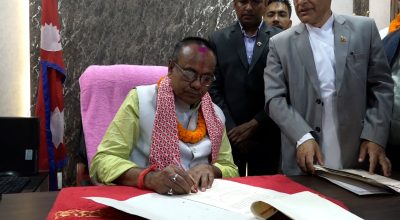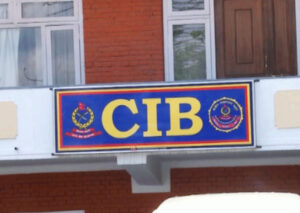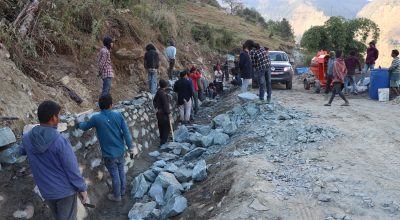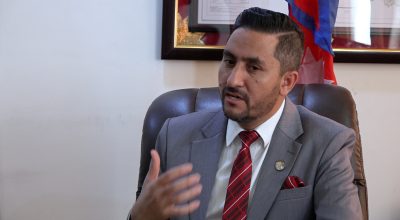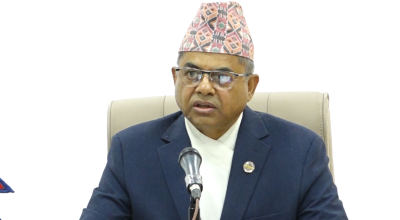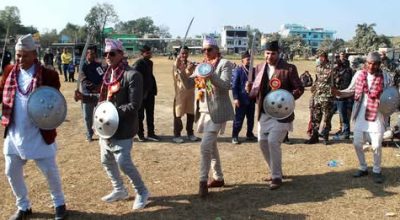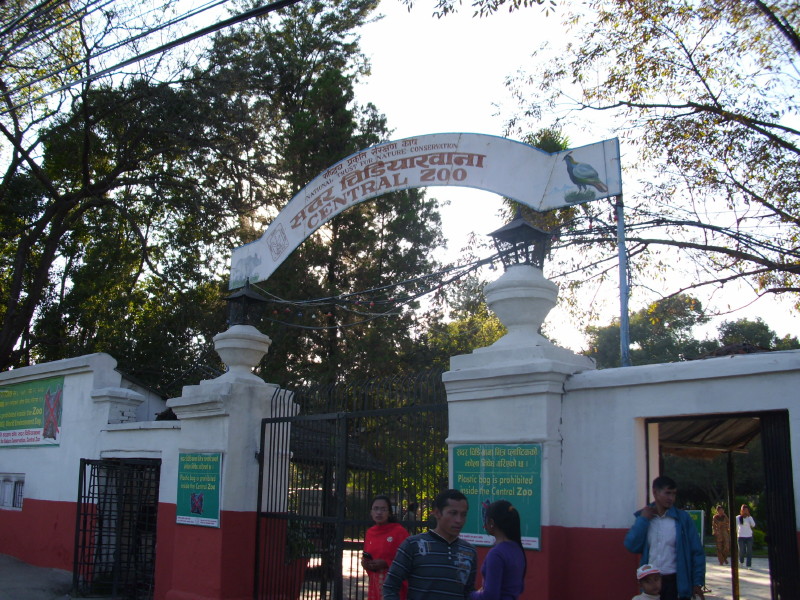
– Bhismaraj Ojha
KATHMANDU: The number of people and organisations taking responsibility of expenses for the upkeep of wildlife as per the ‘Adopt an Animal Programme’ is increasing. The Central Zoo, Lalitpur, has launched the Programme for managing the expenses for feeding and taking care of the zoo animals.
The Central Zoo launched the programme after it failed to make arrangement of expenses required for food, care and treatment of wildlife due to impact of COVID-19. It was completely closed for nine months from March to December, 2020, due to coronavirus infection.
Information Officer at the Zoo, Leena Chalise, said that the number of visitors at the Zoo is still very less as compared to previous. The programme was launched on March 3 to mark 25 years of the Central Zoo’s management by National Trust for Nature Conservation.
On the occasion, Prime Minister KP Sharma Oli had taken responsibility of all expenses required for food, care and treatment of one rhino for one month as his own and one year from the government of Nepal.
Similarly, Minister for Forest and Environment, Prem Bahadur Ale, has taken responsibility of all expenses required for food, care and treatment of one elephant of the Central Zoo for one year.
Likewise, the Narangs Hospitality Pvt Ltd has adopted the Sarus crane, Aditi Ghimire of Continental Trading the red panda, Kasthamandap Invests the Sarus crane, Laxmi Bank the owl and Megha Bank the lophophorus.
Central Zoo’s information officer Chalise said many more organisations and individuals were in the process of adopting the animals at the zoo.
The zoo was opened for the visitors since December 10 in this fiscal year and it made an income of Rs 10 million until February.
The Central Zoo that used to make an income of bearly Rs 140 million annually from sale of tickets to visitors before the COVID-19 period. Its annual expenditure is approximately Rs 110 million.
More than 10 thousand visitors used to visit the zoo daily before the COVID-19 crisis and around 5,000 visitors come to the zoo daily, he said.
The COVID-19 pandemic and the ensuing restrictions forced the zoo to close its doors for 10 months, robbing it of its sole source of income – ticket revenue. This made it really hard for it to feed and support the more than 1,100 wild animals of nearly 110 species it houses. Even though the zoo has now opened, the financial crisis has still not subsided.
According to the Central Zoo, the ‘Adopt an Animal’ programme has been launched with the objective of raising funds for the protection and welfare of wildlife and to foster public participation.
The entry fee to the zoo is Rs 150 for the general people, Rs 90 for children and senior citizens and Rs 350 for citizens of South Asian countries.
The government in 1995 entrusted the management of the only zoo in Nepal to National Trust for Nature Conservation for 30 years.
Established as a private zoo in 1932 by the then Rana prime minister Juddha Shumsher, it came under the ownership of the government after the political change of 1950.
It remained under the management of various government departments before its management was handed over to NTNC on the occasion of the Golden Jubilee Birthday Celebration of late king Birendra Bir Bikram Shah in December 1995.
The zoo is spread over nearly six hectares and has 1,160 wild animals and birds of 110 species. (RSS)






